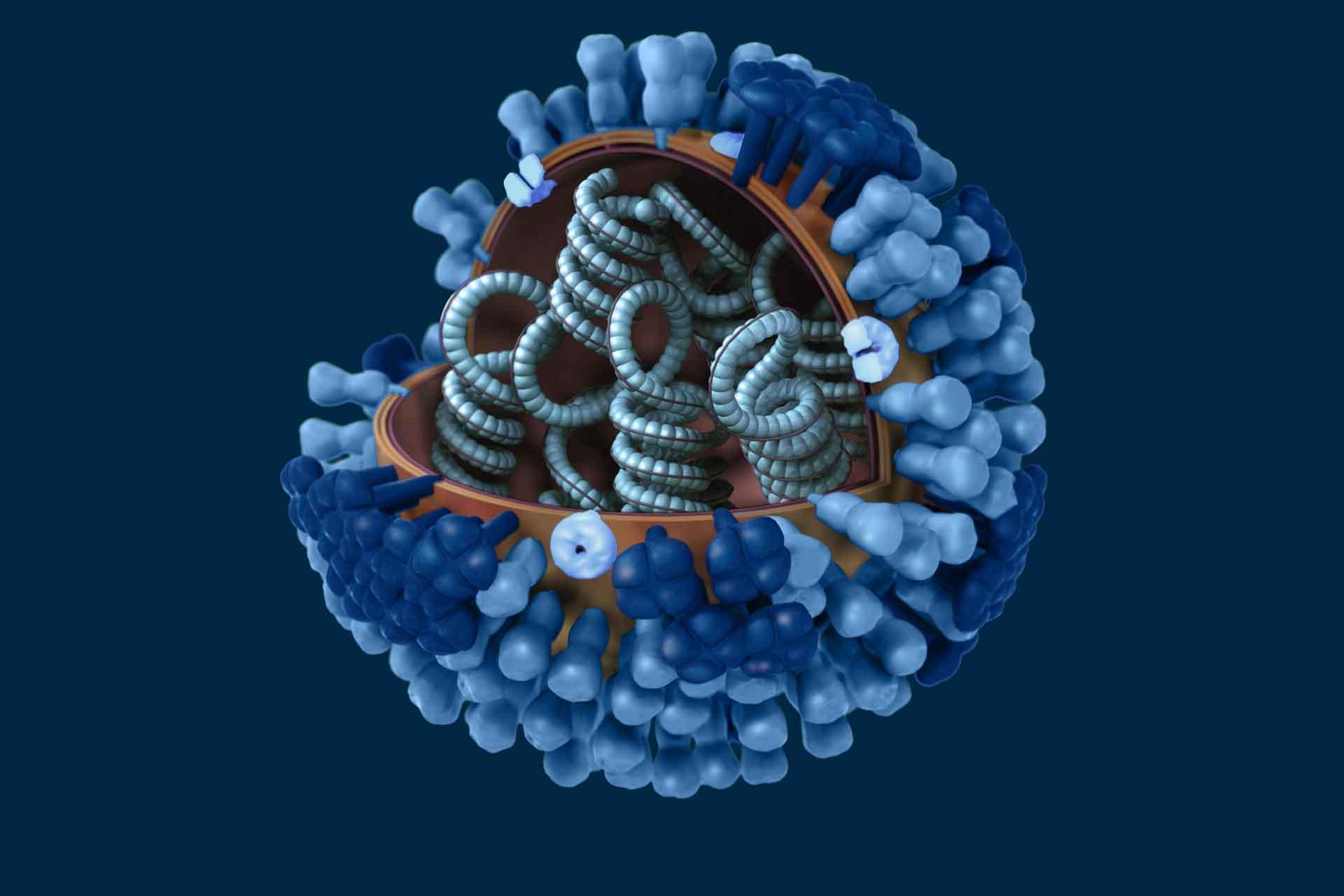Scientists at The Pirbright Institute and Imperial College London have been awarded a grant by the Biotechnology and Biological Sciences Research Council (BBSRC) to research what makes particular strains of bird flu more likely to adapt to mammalian hosts, and possibly initiate a pandemic. The funding will be used to look at which avian flu strains can rapidly accumulate genetic adaptations that help avian flu viruses infect mammals, enabling scientists to identify which strains may pose a threat to humans and potentially cause the next pandemic.
The speed that bird flu viruses are able to change has become a great concern, especially in areas such as Asia, where high levels of flu circulating in poultry, regular human contact with birds and low levels of biosecurity increase the risk of transmission from birds to humans. One of the most recent avian flu strains to cross the bird-human barrier was H7N9, which has infected over 1500 people since 2013 and has a 40% mortality rate.
Although H7N9 has not yet shown evidence of being able to transmit human to human, there is currently no way of telling whether it will be able to do so in the future. Understanding what features allow rapid adaption is therefore at the top of the list for many flu researchers.
The Influenza Viruses group at Pirbright has previously shown that the bird flu strain H9N2 is able to quickly adapt the viral genes involved in replication during infection of mice. Since it is known that the H9N2 strain donated genetic material to the H7N9 virus, it may have provided H7N9 with crucial traits that improve the ability to infect humans. Pirbright scientists are therefore looking at the H9N2 genes to see what features they give the virus which enable it to rapidly adapt to a non avian host.
Dr Holly Shelton, leader of the Influenza Viruses group, said: “Understanding more about how flu viruses change in hosts will help us to know what genetic characteristics to look out for when predicting the next strains that could cause human pandemics. We want to know how quickly mutations can appear that allow H9N2 to infect mammals, if other strains have the potential to adapt at the same rate, and what features help them to adapt to mammals so rapidly.”
This research will help inform decisions about flu eradication and control strategies in the avian population, which in turn will prevent spill-over public health events. Prevention of human flu pandemics is vital for the protection of world wide economies as well as individual livelihoods.
*Image by Dan Higgins courtesy of Public Health Image Library (PHIL)
